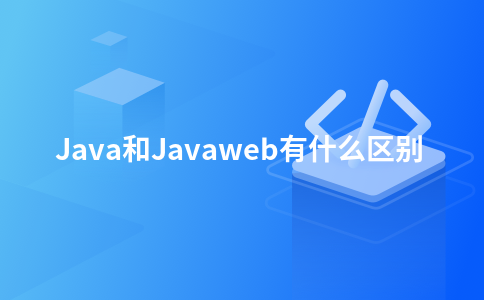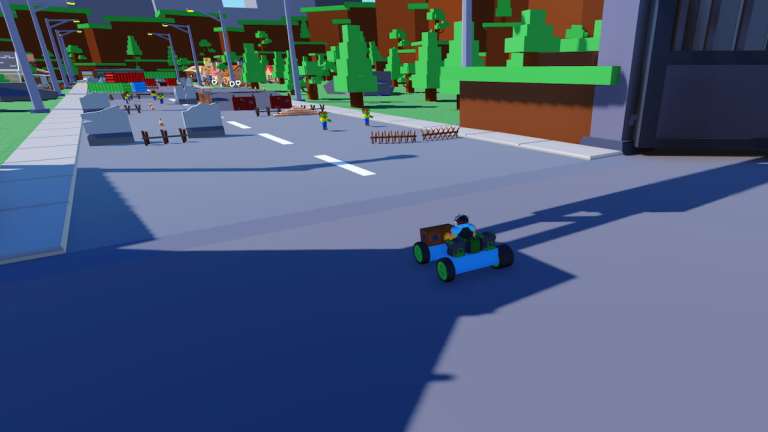What is the difference between Java and Javaweb
The difference between Java and Javaweb is that Java generally refers to JavaSE, which is Java Standard Edition, the standard version of Java; JavaWeb has entered the field of JavaEE, which is Java Enterprise Edition, the enterprise version of Java. To develop JavaWeb applications, the entry-level ones are generally Developed with JSP (Java Server Pages) + servlet + Javabean.

1. The difference between Java and Javaweb
Java
Java generally refers to JavaSE, which is Java Standard Edition, the standard version of Java. It is generally used to develop desktop applications, but it has no advantages over VB, Delphi, and VC++ in developing desktop applications.
JavaWeb
JavaWeb has entered the field of JavaEE, which is Java Enterprise Edition, the enterprise version of Java. When you look at the web, you should think that it is related to the Internet. In fact, when developing JavaWeb applications, JSP (Java Server Pages) + servlet + Javabean to develop. Large websites are generally developed using frameworks, such as struts, hibernate, and spring. For example, in schools, you will see Login.do in the address bar when logging in, and you will see it after logging in. Requests like Home.do are typical struts framework structures.
JavaEE is a hodgepodge, including Applet, EJB, JDBC, JNDI, Servlet, JSP and other technical standards, running on a complete application server, used to develop large-scale, distributed, robust network applications. JavaWeb mainly refers to the development of dynamic pages based on the Java language and the use of Servlet, JSP and other technologies in JavaEE to facilitate users to interact with the server background through the browser. Java web applications can run in a lightweight web server, such as Tomcat. It can be roughly considered that JavaWeb is a part of JavaEE and is the top site in the process of becoming a JavaEE master. JavaEE refers to a set of specifications, which can also be considered as technologies and frameworks that follow the JavaEE specifications and are implemented using JavaSE.
Further reading:
2. Struts framework
Struts is not a lightweight framework, but it is not too complex either. When a user uses the Struts framework, an Action (the terminology of a controller in Struts) will be executed, and the interceptors in it will also be called before and after. Interceptors can manage logging, security features, double-submit issues, and more. The official documentation states: "The default interceptor stack is designed to meet the needs of most applications. Different applications do not need to add additional interceptors or change the interceptor stack." This is the result of using the selected view, and this is where the magic lies.
The above is about the difference between Java and Javaweb. I hope it will be helpful to everyone.
-
 It's the spooky time of the year, so here are some of the best horror games you can play to give yourself a good scare.
It's the spooky time of the year, so here are some of the best horror games you can play to give yourself a good scare. -

Moon House Room Escape Walkthrough
Solve the Moon House apartment tour puzzle! -

How to Play Dice in Kingdom Come Deliverance 2: All Badges & Scoring Combos
If you're wondering how to play dice in Kingdom Come: Deliverance 2, here's what you need to know about that. -

How to make a car in Build a Car to Kill Zombies
Zombie Stampede!
